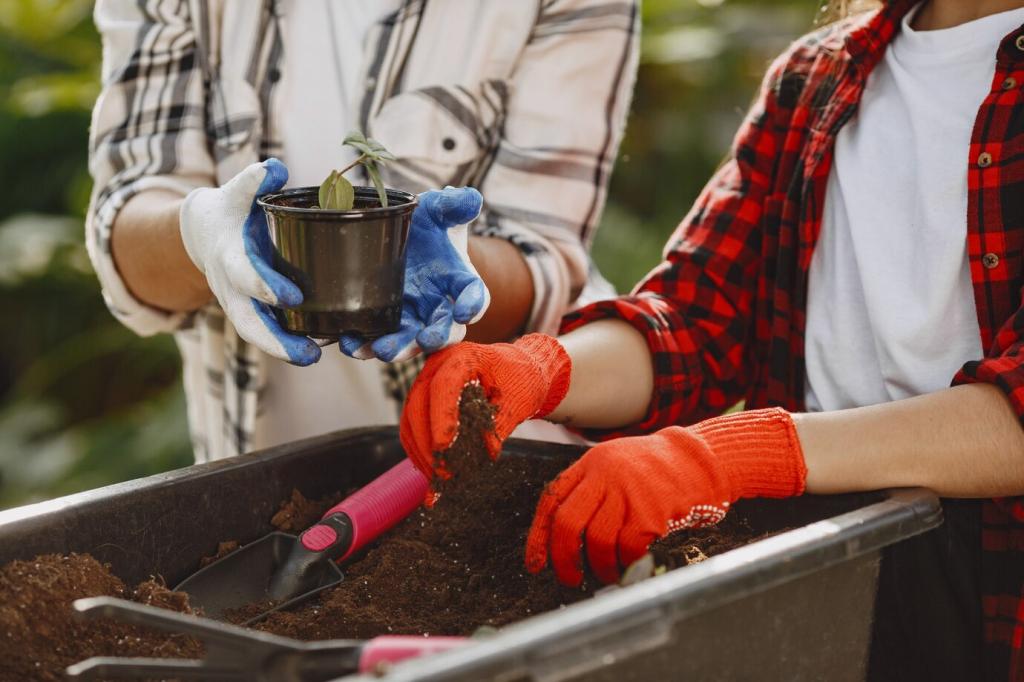This website uses cookies so that we can provide you with the best user experience possible. Cookie information is stored in your browser and performs functions such as recognising you when you return to our website and helping our team to understand which sections of the website you find most interesting and useful.
Eco-friendly garden designs are increasingly popular as more homeowners and landscapers seek sustainable ways to beautify their outdoor spaces. By integrating environmental responsibility into garden planning and maintenance, you can create a vibrant sanctuary that benefits local ecosystems and conserves natural resources. Eco-friendly gardens focus on minimizing waste, conserving water, enhancing biodiversity, and reducing reliance on synthetic chemicals. Whether you’re starting from scratch or transforming an existing garden, adopting environmentally conscious strategies can help you achieve a flourishing landscape that supports both people and planet. Here, discover essential concepts, techniques, and inspirations for creating your own eco-friendly garden haven.
Sustainable Plant Selection

Rainwater Harvesting Solutions
Drip Irrigation Systems
Creating a Rain Garden
Wildlife Habitat Creation
Planting for Pollinators
Providing Shelter and Nesting Sites
Designing a Wildlife Pond

Recycled and Sustainable Materials

Selecting Climate-Resilient Plants

Managing Soil for Climate Resilience




